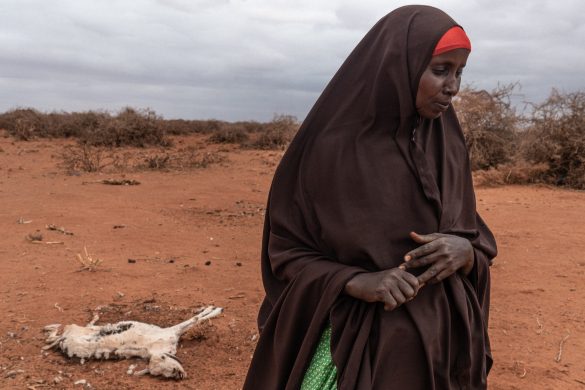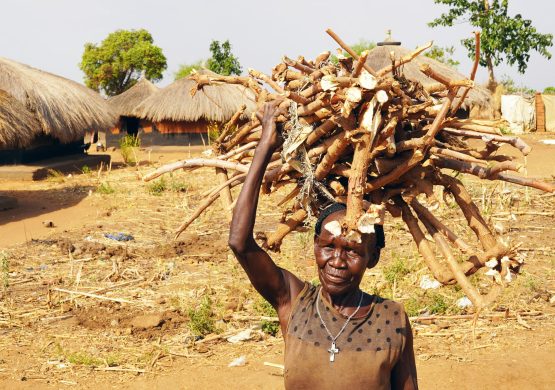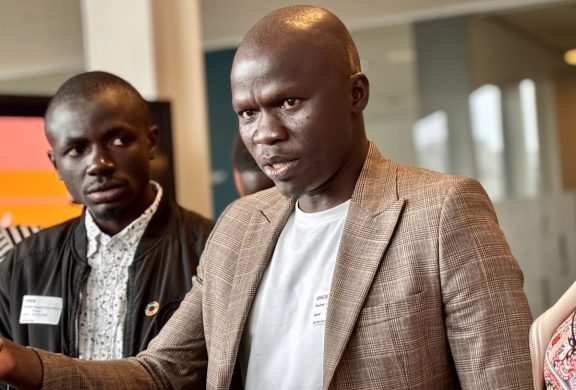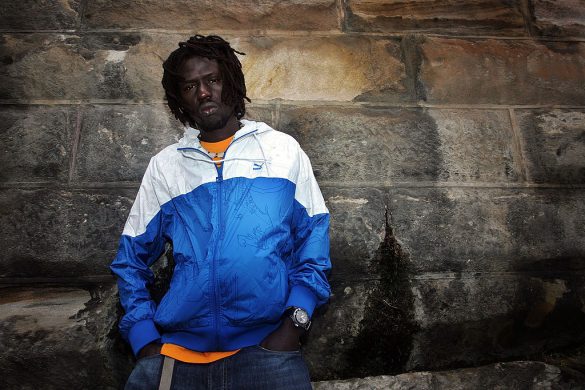GENEVA, 2 June 2015 (UN News): Heavy fighting in South Sudan’s Unity and Upper Nile states over the last two months has displaced more than 100,000 people and blocked humanitarian aid deliveries for some 650,000 people as aid organizations have been forced to withdraw, a representative for the United Nations refugee agency has confirmed today.
“Refugees cite the upsurge in fighting, but also growing food insecurity as the main reasons for fleeing their homes,” Adrian Edwards, spokesperson for the Office of the United Nations High Commissioner for Refugees (UNHCR) told reporters in Geneva.
Har rundet 2 millioner
Since the beginning of the year, some 60,000 South Sudanese have fled the country, mostly to Sudan, Ethiopia and Uganda bringing the total number of people who fled the country since December 2013 to 555,000. Some 1.5 million are internally displaced in the country and more than 3.8 million – a third of the country’s population of 11 million – do not have sufficient food.
As fighting continues, UNHCR offices in Sudan, Ethiopia and Uganda have all reported sharp increases in arrivals during May. Last week alone, some 6,000 South Sudanese arrived in Sudan’s White Nile and South Kordofan states.
“Our office in Uganda also reported an increase in arrivals over the last month of some 4,000 refugees. Many of the arriving refugees said they fled the fighting in and around the town of Malakal, but also growing food insecurity and rising prices for commodities,” Mr. Edwards said.
Gør klar til flere flygtninge
Given the worsening security and humanitarian situation on the South Sudanese side of the border, UNHCR and its partners are preparing for the refugee influx to grow.
“The upcoming rainy season requires that we pre-position relief items as many of the areas where refugees are located can become inaccessible,” Mr. Edwards explained.
To enable continuing humanitarian assistance, UNHCR is constructing a jetty on the White Nile River and building roads to refugee sites. Water and sanitation conditions at many of these sites need to be improved rapidly. UNHCR and its partners are developing new sites to help accommodate new arrivals and a contingency plan for future arrivals.
However, with the number of South Sudanese fleeing their country increasing rapidly, Mr. Edwards expressed concern that the 2015 South Sudan Regional Refugee Response Plan is only funded at 10 per cent.
“This leaves many lifesaving activities such as the provision of clean water, sanitation and health services, food and shelter severely underfunded,” he explained.















